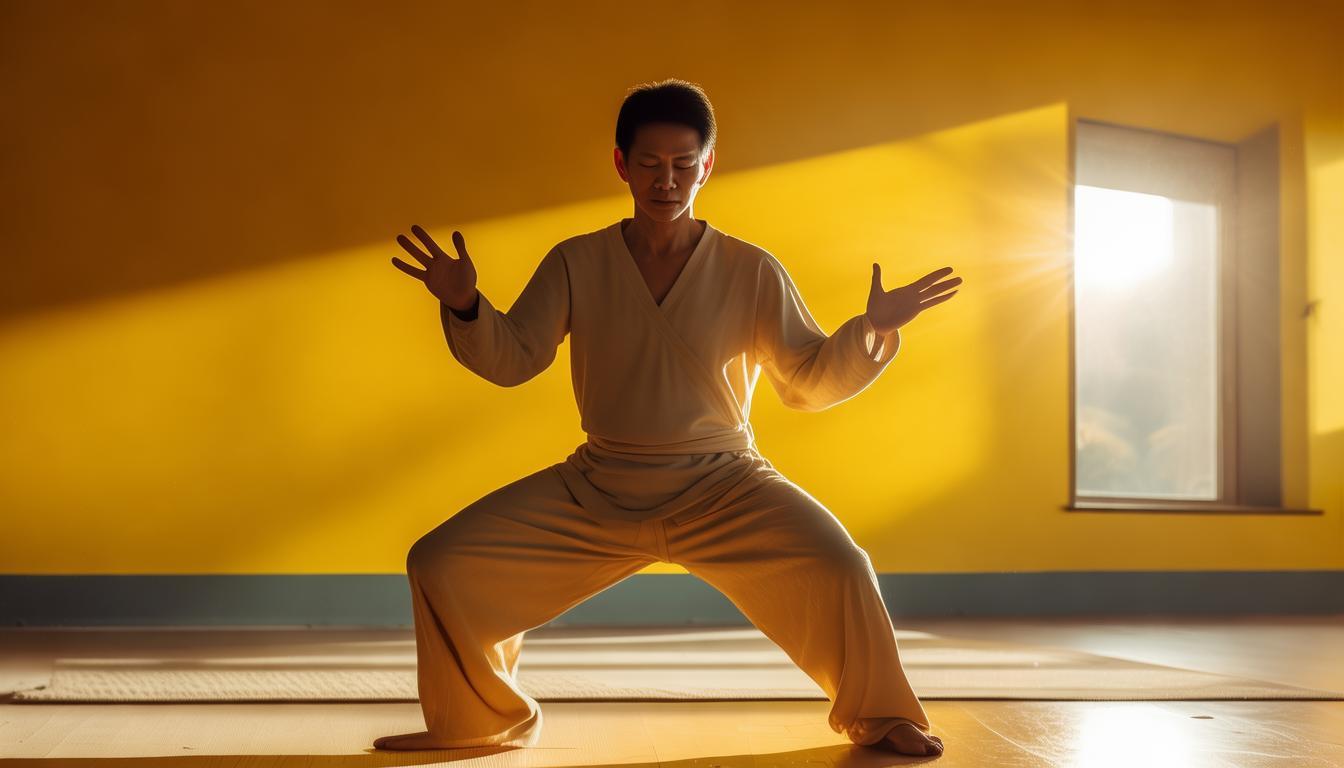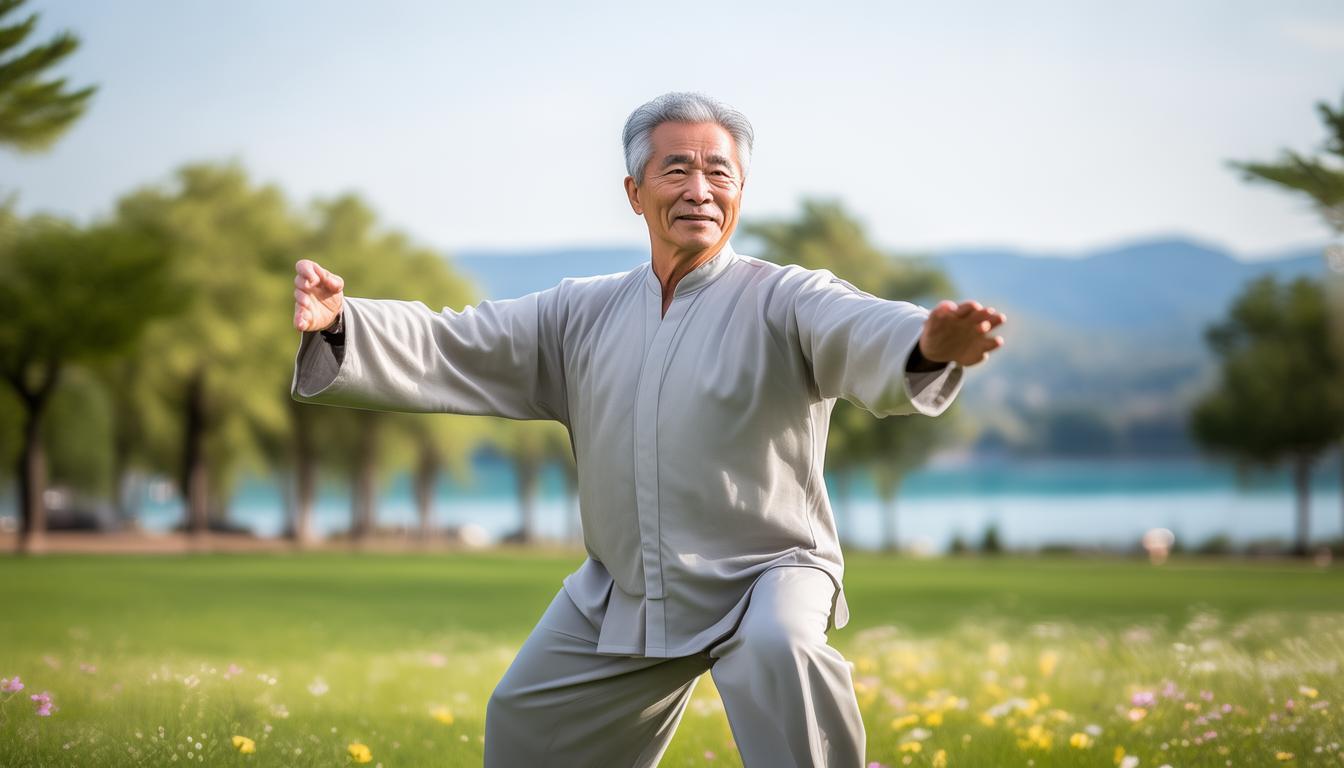Parkinson's disease patients add Tai Chi when exercising, which is actually an auxiliary treatment method that combines ancient health preservation with modern rehabilitation concepts. Tai Chi's movements are gentle, slow, smooth and coherent, and have significant effects on improving the patient's physical balance, coordination, and enhancing the strength and flexibility of muscles. Now parkinson tai chi , I will introduce to you some of the key points of Parkinson's patients practicing Tai Chi in detail.
Improve balance
People with Parkinson's disease often face balance problems and have a higher risk of falling. Many moves in Tai Chi, such as "single whip", require single-leg support and center of gravity conversion. Taking "single whip" as an example, the patient needs to stand firmly with one foot and extend his arms. Such movements help enhance leg strength and body stability, gradually improve the patient's balance ability, and reduce the possibility of falling. At the same time, Tai Chi Classes Online , the patient's nervousness can be relieved to a certain extent while feeling the movement of the center of gravity.
Enhance coordination

Parkinson's patients often encounter problems with incoordination of hands and feet. When practicing Tai Chi, they need to coordinate their movements of various parts of their bodies, such as "cloud hand", and at this time, their hands need to alternate circles in front of their bodies. During this process, the patient not only needs to flexibly wave his arms, but also needs to move his legs. When hands and feet move together , the body connects with the brain, so that they can cooperate tacitly, so that patients will no longer be busy and gradually restore their body's coordination.
Improve flexibility
Long-term lack of exercise will cause Parkinson's patients to become stiff, while stretching movements in Tai Chi can be used to stretch and massage. For example, in the "wild horse mane splitting" action, the patient needs to perform front and back lunges at the same time and open his arms. By repeatedly practicing these stretching movements, Parkinson's patients can improve their body flexibility and their muscle stiffness will gradually be reduced. During the stretching process, the patient can also feel a kind of comfort like the nourishing spring rain, as if a tree with long-term drought gradually stretches its branches and leaves.
Relieve stress

In the face of the disease, many patients may feel depressed and anxious. Tai Chi exercise provides a special way to relax. When the patient is fully focused on Tai Chi movements, many negative emotions in his heart will gradually dissipate. It's like talking to an old friend, slowly expressing his worries and feeling relaxed. After completing a set of Tai Chi, the patient's mental state will be boosted and he will become more optimistic and cheerful.
Make a plan
Each patient has different conditions, so their exercise plans should be individually adjusted. For patients with mild condition and good physical condition, you can try to practice more routine movements; for patients with severe condition, you should start with some basic movements. This is like building a house based on the foundation. Only tailor-made exercises can achieve the ideal results. Communication between patients, families and doctors is crucial during exercise. Just as there is a need to brainstorm in a battle to achieve victory, they can work together to adjust their exercise plan based on the exercise effect.
Do you have any Parkinson's disease patients around you who have tried Tai Chi? How do they think it works? If my experience can inspire you, please like it and share it!



